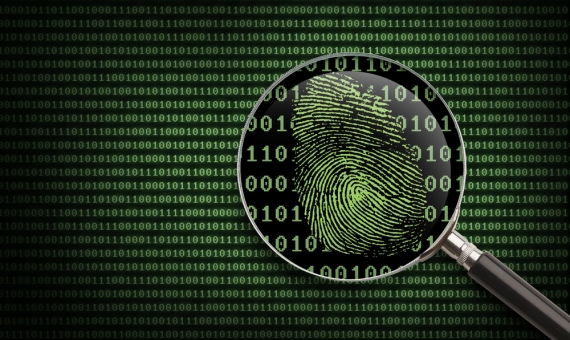We are always hearing about fraud and corruption in the media, and about what could or should have been done to prevent it. Phrases such as “if the company is audited” and “we will hold an audit to investigate” are common, but they expect auditing to achieve results that are not within its scope.
A 2014 survey by the Association of Certified Fraud Examiners (ACFE) revealed two important figures:
- Only 3% of fraud worldwide is detected by external auditors.
- External audit is the most common form of fraud control in companies, being used in 56% of small and medium companies and 92% of large companies.
These figures reveal that auditing is not an effective tool in the fight against fraud, but most companies use it as if it were.

Auditing is not designed to detect fraud. Its purpose is clearly and concisely defined as being to check and verify whether the financial statements “give a true and fair view of the equity and financial situation […]” of a company, as established in the Audit Act.
The alternative to auditing is specialist forensic teams. These teams consist of economists, lawyers and IT specialists who have been specially trained and use tools designed to investigate and prevent all forms of fraud and corruption.
The work of forensic teams -collecting evidence of the fraud committed- is very different to that of auditors. The tools and procedures used by forensic teams include:
- “Corporate Intelligence”, examining the commercial relationships of suspects to identify phantom or front companies.
- Forensic analysis of accounting records and the documentation supporting these, such as bank statements, invoices and contracts.
- Investigative interviewing of important people in the case, both suspects and witnesses.
- Using forensic technology, which can recover and analyze all the digital information in a company’s IT systems -such as computers, smartphones and email- storing and preserving evidence relevant to the case.
Finally, forensic teams provide confidentiality in the investigation process, manage internal communications and are independent of every level of the organization.
In summary, if we are seeking to identify whether fraud has taken place, we need to use forensic specialists, using suitable resources to ensure that the investigation is successful.
Eduardo Gómez García
Forensic Economist
Comments on this publication